If Sweden’s capital wasn’t so “out of the way,” it would be one of Europe’s most popular tourist destinations. As it stands, it’s the type of area that lavishly rewards people who travel there, without ever feeling overrun by tourists. The Swedes prioritize functionality and a good quality of life, appreciate all types of culture, and practically everyone speaks English, making this one of Europe’s most accessible cities for North Americans. What are the Things to Do in Stockholm? Start with these top Stockholm attractions.
Gamla Stan (Things to Do in Stockholm 01)
The ‘Old Town’ of Stockholm is unquestionably the city’s tourist center, but you won’t find it quite as crowded as you might in some other European cities. Gamla Stan is a vibrant, busy section of modern-day Stockholm, where inhabitants work, dine, & play. The ‘green, red, and orange’ trio of houses in Stotorget are among Sweden’s most photographed structures. The fact that they both have a restaurant, a coffee shop, and a (extremely straight-friendly) homosexual café provides the perfect image of Gamla Stan life.
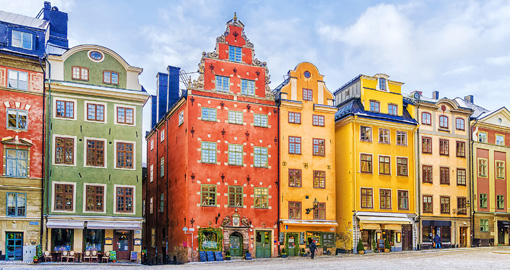
Skansen (Things to Do in Stockholm 02)
Unfortunately, many tourists to Stockholm do not have or allow time to go throughout the rest of Sweden. Skansen, a compact open-air museum/fun park that displays Swedish history and culture, brings the rest of the nation to Stockholm. It also has a zoo with many of the country’s natural species and a number of live entertainment venues, ensuring that it is a popular hangout for residents as well as tourists. This is an important stop for families. It’s a fun and instructive Sweden 101 for others.
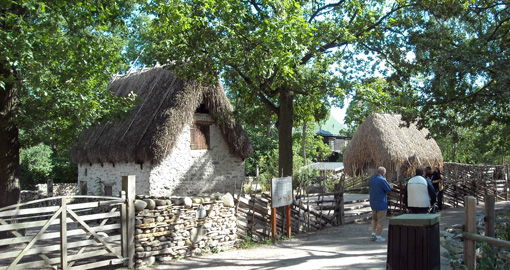
Vasa Museum (Things to Do in Stockholm 03)
The narrative of the warship Vasa is not one of Sweden’s proudest moments in naval history, but the museum that currently holds the ruin is the country’s most popular. The hull of the Vasa, salvaged in 1961 after more than 330 years in the bottom of Stockholm’s harbour, is today scrupulously kept at a constant, cold temperature, surrounded by stories of her construction, engineering defects, ill-fated maiden voyage, and salvage.
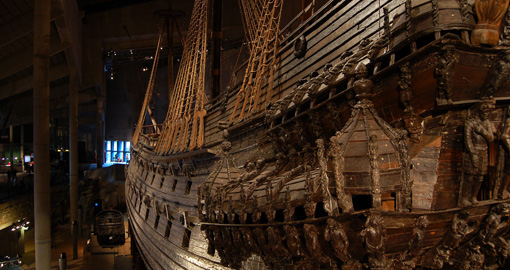
Kungliga Slottet (The Royal Palace) (Things to Do in Stockholm 04)
The Royal Palace on the northern border of Gamla Stan, though no longer the actual royal house, is a rich mine of objects illustrating Sweden’s past. There’s a narrative here for travelers of all interests and ages, from harsh battles to Gustav III’s quirky rule. The royal armoury as well as the carriage house, which are undoubtedly the most intriguing areas of the palace, do not require admission tickets.
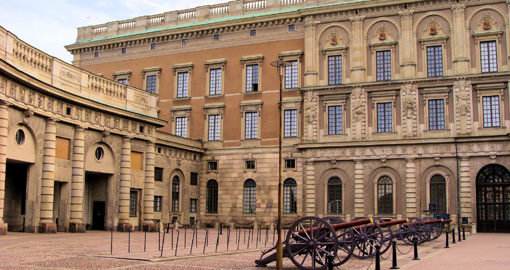
Fotografiska (Things to Do in Stockholm 05)
A whole museum dedicated to photography? Allow Fotografiska to astonish you. This fascinating and varied museum depicts life via the lens of a camera. Each year, roughly 20 visiting exhibitions cycle around four major shows. Of course, a smart photographer understands the value of a decent backdrop, and Fotografiska’s top-floor café provides stunning views of Stockholm’s harbor. Did we say the award-winning on-site restaurant?
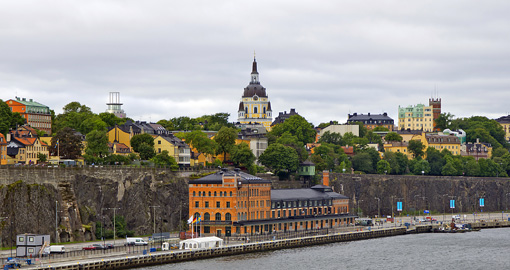
Fika (Things to Do in Stockholm 06)
Stop. Sit. Order a coffee and a cinnamon or cardamom-filled pastry (or a slice of princess cake for the ultimate Swedish sugar rush), then recharge with the most Swedish of afternoon diversions, the fika. It’s not quite as formal as English high tea, but it’s a lot more informal, and in a city as walkable as Stockholm, it’s a must.
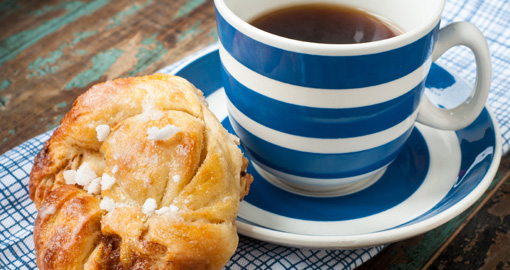
Historiska Museet (Things to Do in Stockholm 07)
At the Swedish History Museum, the Vikings take center stage. With over 10,000,000 artifacts spanning 10,000 years in its vaults, you can expect a wide range of exhibitions, relics, and tales. Learn about Sweden’s Medieval history, as well as Norse mythology, in addition to the Vikings. The museum is free to enter, making it an excellent choice for families & budget travelers in costly Scandinavia.

Drottningholm (Things to Do in Stockholm 08)
Gamla Stan is only a short boat ride away from the Swedish royal family’s house. This UNESCO World Heritage Site was built in the 17th century and is famed for its exquisite gardens and royal theater. If you’ve seen French designs before, you’ll see some parallels here. Because it’s a functioning royal house, there are seasonal closures, so check Drottingholm’s website to make sure the doors are open for your visit.
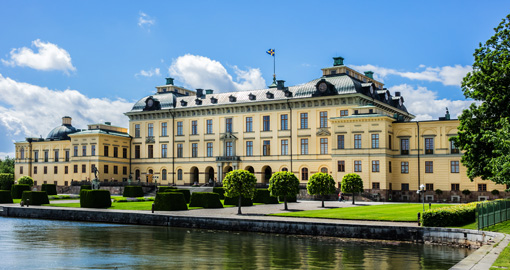
ABBA The Museum and Pop House (Things to Do in Stockholm 09)
Sweden’s effect on pop music may be heard all around the world, despite its tiny size. That’s owing in large part to ABBA, whose museum is the focal point of Pop House. Start with an exhibition dedicated to the Eurovision Song Contest (where ABBA got their start), then work your way through the narrative of the brilliant quartet, recounted in their own words. You may flaunt your stuff on stage alongside holograms of the group, hear how your voice combines with Benny and Bjorn’s compositions, or simply spend some time admiring the iconic ABBA outfits.
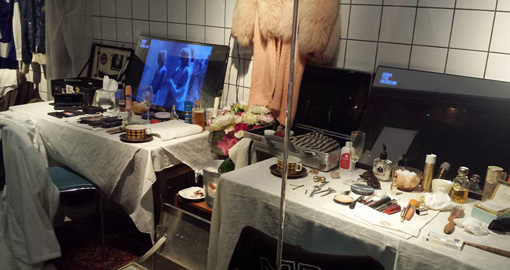
Vaxholm and the Archipelago (Things to Do in Stockholm 10)
The most magnificent aspect of Stockholm is on a boat journey to the east. The Stockholm Archipelago is made up of some 24,000 islands, and while you’ll only see a small portion of them, a day excursion to Vaxholm is a terrific place to start. This charming municipality effectively marks the border between Stockholm and the Archipelago. Much a few hours here will give you a sense of Stockholm’s finest natural treasure, but a voyage farther out is even better.
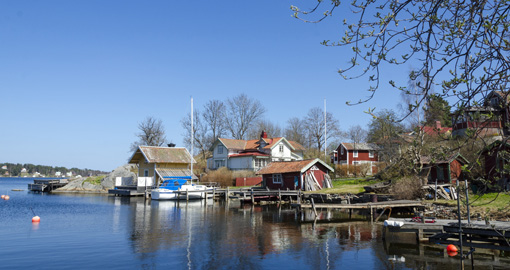
IDEAS FOR A SHORT STOCKHOLM VACATION
Stockholm: Stopover, City Break
CURRENCY AND BUDGET
Sweden’s currency is the Krona, and it’s no secret that the nation is pricey! Even yet, there are methods to save money, especially in Stockholm, which is the most cheap of Scandinavia’s cities. This is the country that invented the smorgasbord, which is still a popular method to have a substantial lunch at a low cost. Otherwise, good-quality, inexpensive lunches may be acquired for roughly 120kr, while a 3-course, mid-range supper for two can cost around 700kr or more. In Sweden, alcohol is strictly controlled, and a local brew in a pub costs around 60kr.
Single rides on public transportation are pricey, so consider purchasing a 24- or 72-hour Travelcard that allows you to zip around the city at your leisure. Simply take your time to admire the public art at many of the metro stations, or use your card to bounce between them for a unique subterranean art experience.
ETIQUETTE AND LOCAL LAWS
In public areas, Swedes respect privacy and discretion. Inside and on public transportation, keep your voice down, respect others’ personal space, but never cut in line. This is also why retail service might appear ‘unfriendly.’ Simply ask for assistance, and you will discover that people are quite kind and accommodating. Swedes are also usually progressive people who despise racism, misogyny, homophobia, and other forms of intolerance, whether joking or not. This tolerance does not extend to drug usage or public intoxication, both of which are prohibited in Sweden. Punctuality is also treated very seriously. Although the locals may not always live up to this idea, being on time or a bit early will always create a good impression.
LANGUAGE
Because English is a near relative of Swedish, most Swedes learn it at a young age and thus are fluent by the time they reach adulthood. While learning a few Swedish words may appeal you to locals, most are very comfortable speaking to visitors in English. However, many local signage are solely in Swedish.

Leave a Reply
You must be logged in to post a comment.